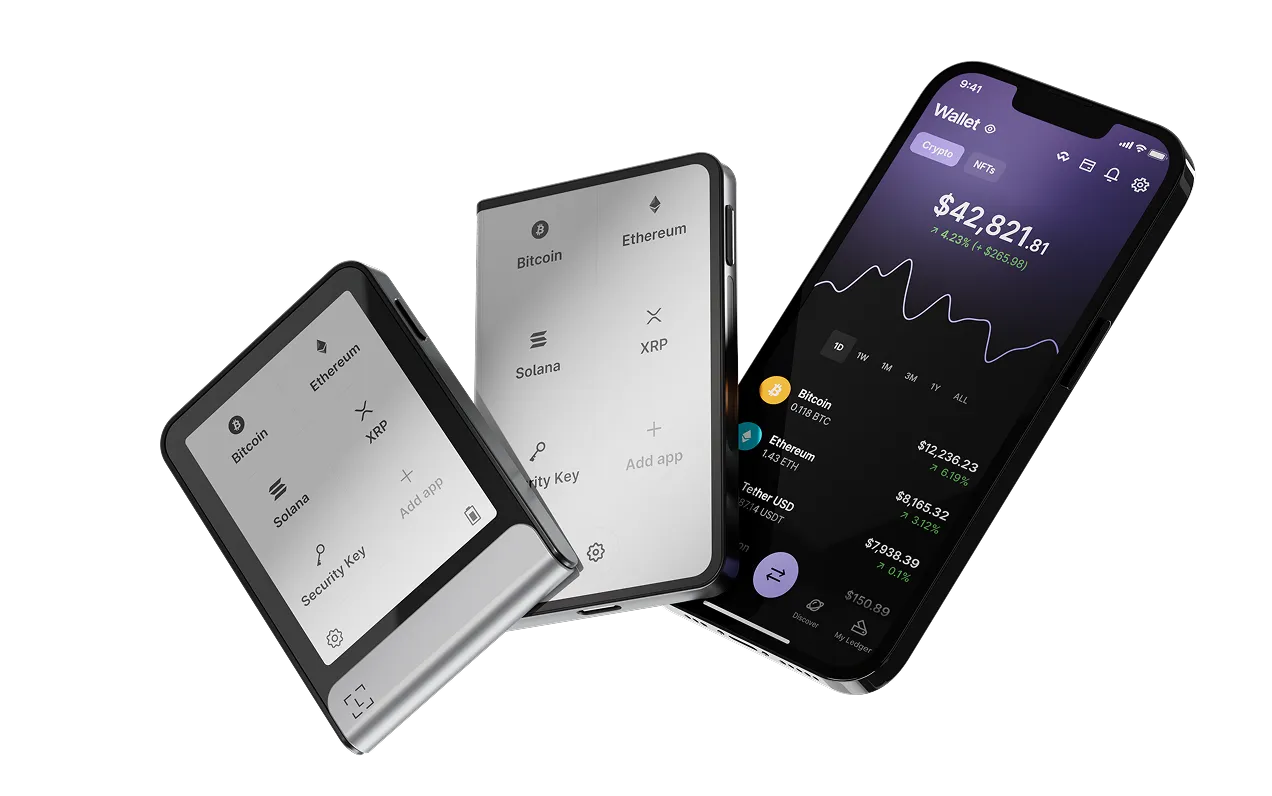
Ledger Login – A Complete 1200-Word Guide for Secure Access
The Ledger Login process is one of the foundational pillars of the security model that Ledger hardware wallets are built on. Unlike typical login methods that rely on usernames, passwords, or cloud-stored credentials, Ledger Login is rooted in direct device authentication. This method ensures that only the physical owner of the Ledger hardware device can authorize transactions or manage crypto assets. The design removes vulnerabilities commonly seen in online wallets or software-based systems, creating a secure pathway for managing digital funds with confidence.
Ledger hardware wallets are considered industry-leading tools for cryptocurrency security. Whether users access the Ledger Live application through desktop or mobile, the authentication process is always anchored to the hardware device. When discussing Ledger Login, it is important to understand that logging into Ledger Live does not grant access to your funds alone — the actual authorization occurs only when the hardware device approves actions. This makes Ledger Login one of the strongest, most tamper-resistant authentication models available in the crypto world.
How Ledger Login Works Behind the Scenes
Ledger Login begins with opening the Ledger Live application. The app itself is only an interface — it does not store private keys or the recovery seed. Once the app loads, it prompts you to connect the Ledger hardware wallet via USB or Bluetooth, depending on your model. The login process is activated when you enter the PIN directly on the device. This step unlocks access to your crypto accounts but still maintains strong separation between the interface (Ledger Live) and the cryptographic engine (the hardware wallet).
What distinguishes Ledger Login from traditional authentication is the security mechanism known as “secure element” technology. The device contains a tamper-proof chip that safeguards private keys in a fully isolated environment. Even if malware infects the computer or phone running Ledger Live, it cannot extract keys or authorize a fraudulent transaction. All sensitive operations require physical button confirmation on the Ledger device itself, ensuring user control at every step.
Step-by-Step Ledger Login Procedure
To begin logging in, launch Ledger Live and connect your device. Once connected, enter your PIN. The PIN authentication opens the protected environment inside the hardware wallet, unlocking your ability to sign transactions and manage your digital currencies. Ledger Live detects this status and updates your dashboard automatically, displaying crypto balances, account history, and available actions.
After logging in, you may install or update apps for different cryptocurrencies. App installation is also protected by device confirmation, meaning Ledger Login extends beyond the initial PIN entry — every critical step in the process requires physical approval on the hardware wallet. This chain of verification is what makes Ledger Login resistant to common attack vectors like phishing or remote access hacks.
Security Advantages of Ledger Login
The most significant advantage of Ledger Login is private key isolation. Your keys never leave the device, never appear on the screen of your computer or phone, and are never transmitted online. This means that even a compromised internet connection or infected operating system cannot steal your crypto. Ledger uses a combination of secure chip architecture, encrypted communication, and mandatory physical confirmations to eliminate unauthorized access.
Traditional web wallets rely on cloud backups or browser-based logic that can be manipulated with malicious scripts. Ledger Login avoids this entirely. Every action the user performs must be approved on the hardware device, making it impossible for an attacker to sign transactions silently.
Using Ledger Live After Login
Once logged in, users gain access to a detailed and intuitive dashboard. Ledger Live displays a complete overview of your cryptocurrency holdings, portfolio performance, and transaction history. You can add new crypto accounts, manage staking assets, update firmware, or perform transfers. The application also includes built-in analytics to help users keep track of their long-term investment strategies.
Even though Ledger Live offers all these features, none of them compromise security because Ledger Login requires that all approvals be executed on the hardware wallet. This separation ensures that hackers cannot manipulate your portfolio or trigger unwanted transfers.
Common Ledger Login Issues and Solutions
At times, users may struggle with Ledger Login due to connection issues. USB cables, outdated firmware, unsupported ports, or damaged USB connectors can interrupt the login process. The best approach is to troubleshoot step-by-step: update Ledger Live, confirm firmware versions, restart your device, and test different cables or ports.
Bluetooth users must ensure that the device is paired correctly and that permissions are granted. Environmental interference, low battery levels, or outdated Bluetooth drivers can disrupt the process. Once problems are resolved, Ledger Login works smoothly and reliably.
Security Tips for Ledger Login
Always ensure you are using the official Ledger Live application. Fake apps and phishing websites exist, and they often mimic official branding. Never enter your recovery phrase anywhere except the Ledger device. Ledger Login does not require or request your seed — any prompt asking for it should be treated as a scam.
When logging in, make sure your device screen displays accurate transaction information. If the amount, address, or asset differs from what you intended, cancel the action immediately. This device-level verification protects against address tampering and clipboard hijacking.
Why Ledger Login Is Important
Ledger Login is not just a method of accessing accounts; it is a complete security framework that protects users before, during, and after transactions. The layered structure ensures no single point of failure exists. Even if Ledger Live is compromised, the hardware device still prevents unauthorized access.
With increasing cyber threats targeting crypto investors, Ledger Login remains one of the most reliable and secure authentication methods available. Whether managing a small portfolio or large-scale investments, Ledger Login guarantees that users maintain full control of their digital assets at all times.